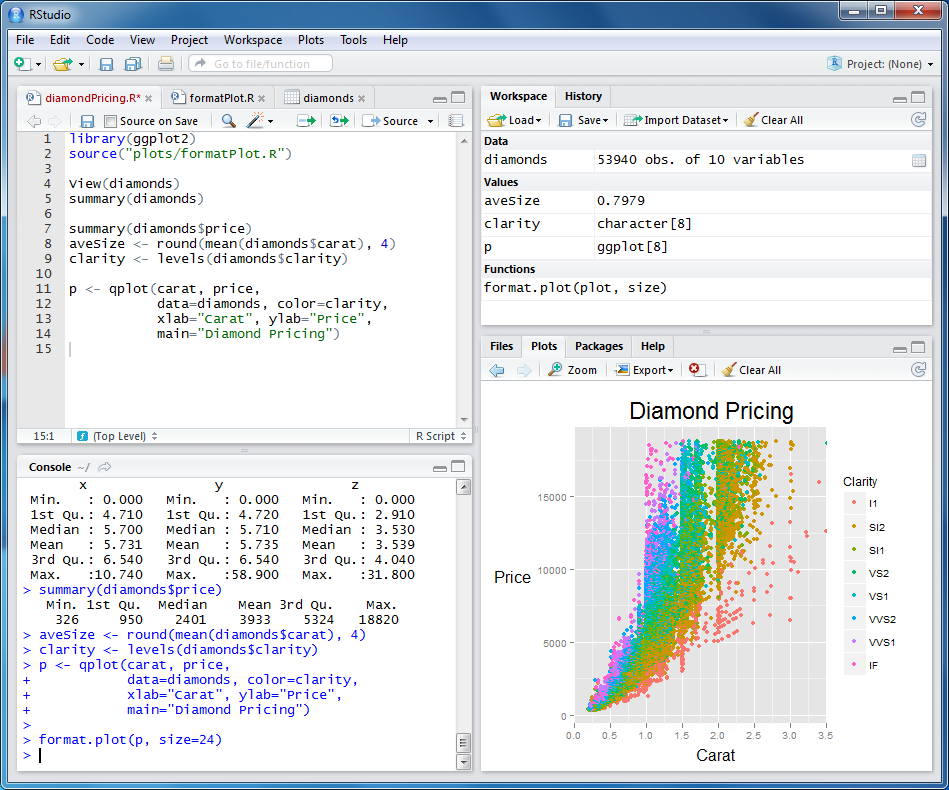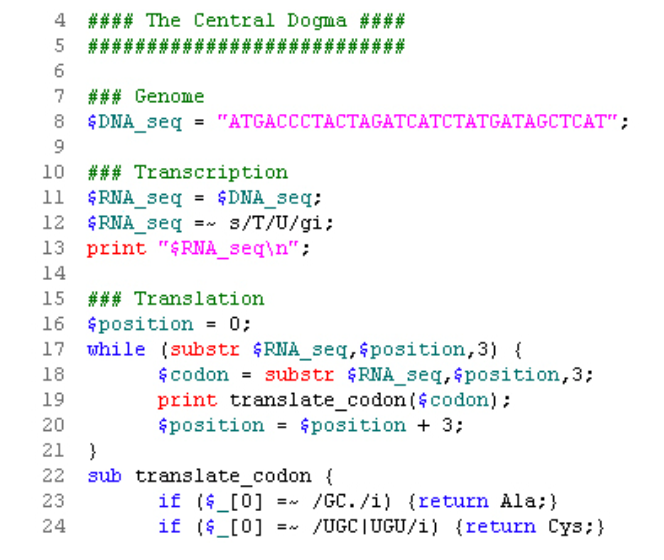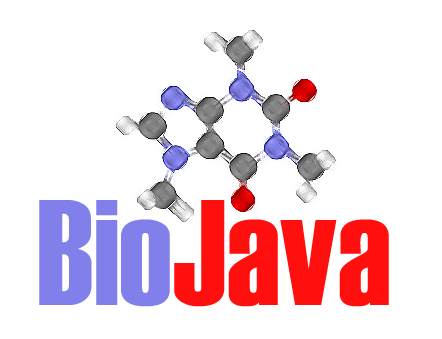1. R
Why R? Because all the data needs to be analyzed.

Image courtesy of RStudio
R is a powerful statistical language. It's used for various statistical studies and is a open-source free language that competes with commercial ones like SPSS and SASS.
2. Python
Why Python? Because it's one of the hottest programming languages.

Image courtesy to Biopython
Python is a very powerful programming language with many libraries relevant to bioinformatics, such as biopython.
3. Perl
Why Perl? What biologists used to use.

Image courtesy to 88proof
Perl has been really the go-to language for computer programming in bioinformatics. Though obsolete in several other languages, it is still widely used in bioinformatics, and it's certainly one of the go-to languages even today for bioinformatics/computational biology.
4. Java
Why Java? It's powerful and what many call, "industry standard" for companies.

Image courtesy of Bioinformatics Made Simple
Java shouldn't need an explanation; after all, it is a very powerful language that has been basis of many softwares, websites, and app developments (i.e. Android). Its application to bioinformatics/computational biology is that for many complex modeling and predictions, it makes sense to rely on something strong, such as Java or C.
5. Go
Why Go? It's being embraced by Google, so it may become big in the future...

Image courtesy to The Little Go Book
Google's Go is a rather language in the recent list, but it is something in between Python and Java and other languages. It is memory efficient, and still has programming concepts absent in Python. Interestingly, it is actually the course that Carnegie Mellon's MS in Bioinformatics uses to teach people how to program.
